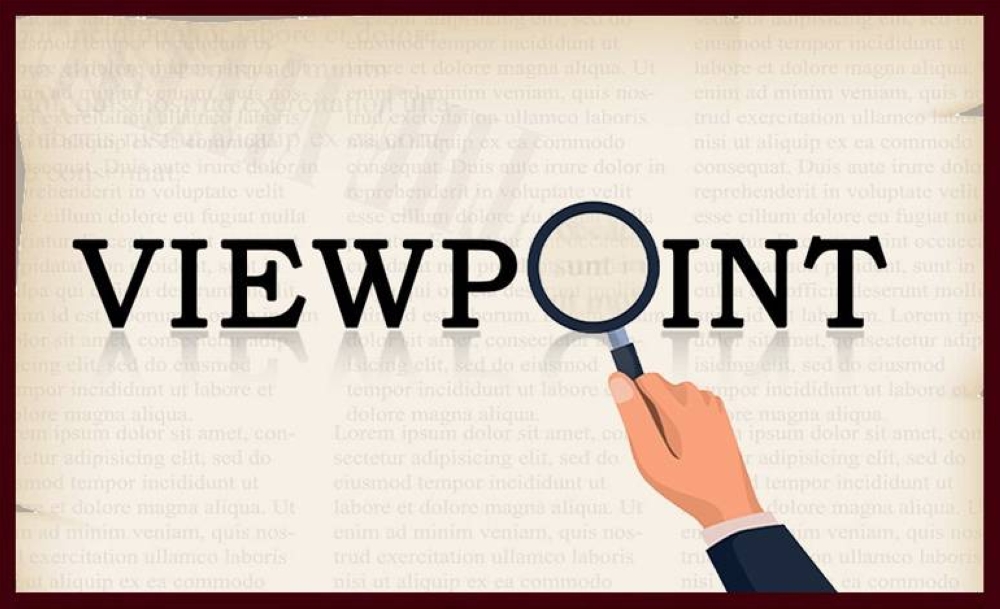Just as an estimated 3bn-plus people worldwide rely on rice as a staple food, so India – the world’s top shipper – contributes to about 40% of global exports of the commodity.
Last month, India announced a ban on exporting non-basmati white rice in a bid to calm rising prices at home and ensure food security.
The country then followed with more restrictions on exports, including a 20% duty on exports of parboiled rice.
In about six weeks, India has rattled the rice market.
Rice is vital to the diets of billions and contributes as much as 60% of the total calorie intake for people in parts of Southeast Asia and Africa.
Rice prices in Asia jumped back near the highest level in almost 15 years last week after India slapped more curbs on parboiled and basmati over the previous weekend.
They were the last remaining varieties free from export restrictions, bringing to a head a recent campaign of tightening that started with a July 20 ban on the shipment of some grains.
“Spikes in rice prices always hurt poor consumers the most,” said Peter Timmer, Professor Emeritus at Harvard University, who’s studied food security for decades. “The most pressing concern right now is whether Thailand and Vietnam follow India and put significant controls on their rice exports. If that happens, we will see world rice prices zoom past $1,000.”
The benchmark price is currently at $646 a tonne and weather could shake up the market even further.
The onset of El Nino this year threatens to parch many key growing regions across Asia, with Thailand already warning of drought conditions in early 2024.
The crop in China, the world’s biggest producer and importer, appears to have escaped poor weather so far, but India’s major growing areas need more rain.
Understandably, India’s exports curbs boil down to politics.
The government is facing an election early next year and high food prices can make voters very unforgiving at the polls.
However, India’s restrictions are reverberating across other countries.
The Philippines was forced last week to place a cap on rice prices across the country due to an “alarming” increase in retail costs and reports of hoarding by traders. The nation is the world’s second-biggest importer of the grain.
Other worried nations are opting for the diplomatic route.
Guinea has sent its trade minister to India, while Singapore, Mauritius and Bhutan have requested that New Delhi exempt them from curbs on the grounds of food security — a provision the South Asian nation added when banning one variety.
The restrictions have also provided an opportunity for Thailand. The world’s second-biggest shipper has been on a roadshow in recent weeks, with its trade officials making trips to the Philippines, Indonesia, Malaysia and Japan.
Also, Vietnam is offering some support to the market, saying last month that the nation is likely to exceed its export target for the year, a feat it could achieve without jeopardising its own food security. But India’s rice exports curbs have triggered fears of global food inflation, hurt the livelihoods of some farmers and prompted several rice-dependent countries to seek urgent exemptions from the ban.
The World Meteorological Organisation last month warned that governments must prepare for more extreme weather events and record temperatures, as it declared the onset of the warming phenomenon El Nino.
Economists say India’s ban is just the latest move to disrupt global food supplies, which have suffered from Russia’s invasion of Ukraine as well as weather events such as El Nino.
The surge in rice prices to the highest level in almost 15 years is renewing fears that food costs are going to get a lot more expensive for the world’s poorest people.
Opinion
India rice exports curbs hit poor consumers hard
Rice prices in Asia jumped back near the highest level in almost 15 years last week after India slapped more curbs on parboiled and basmati rice varieties

